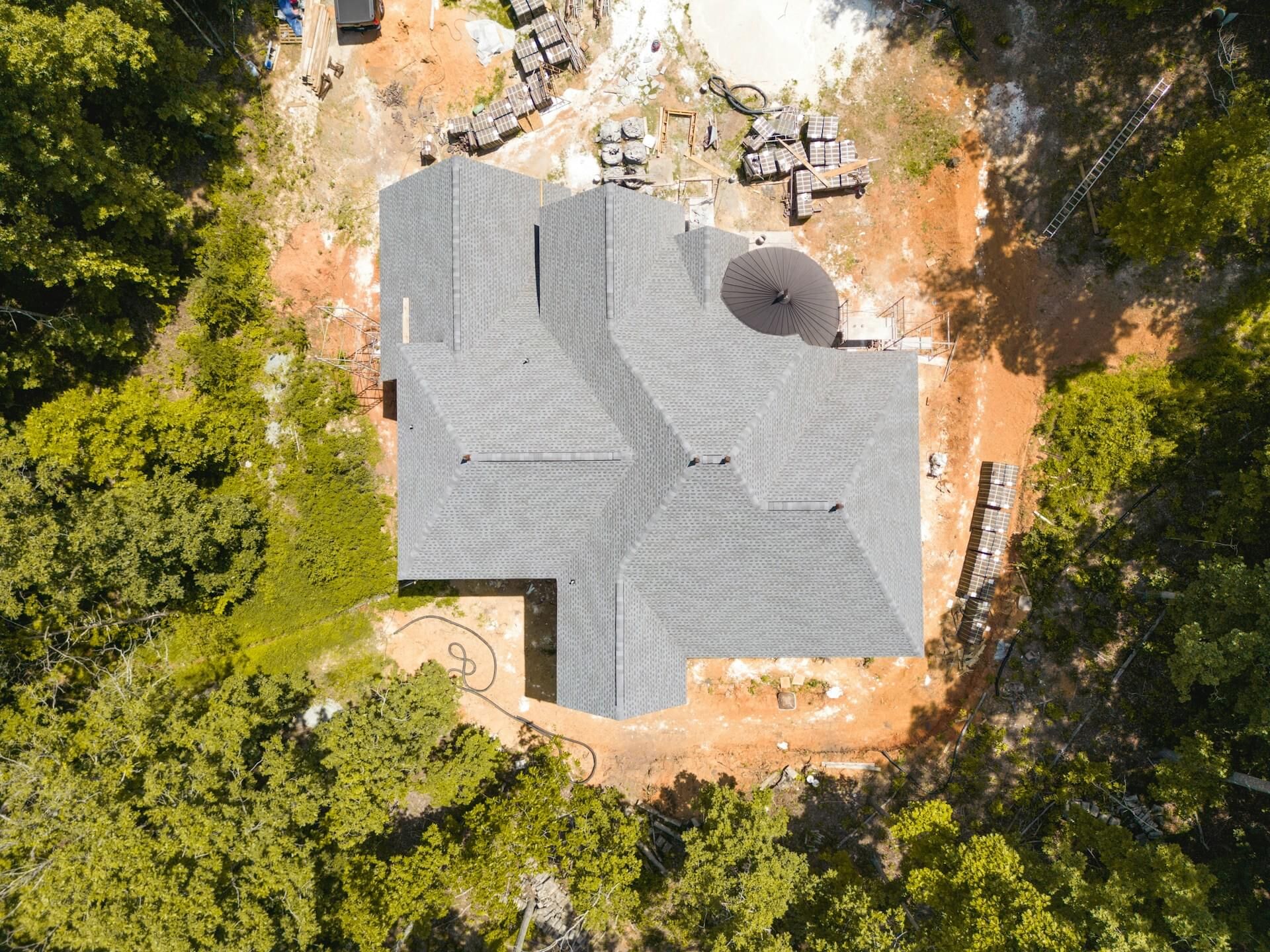Our Blog

Best Practices for Raising Homes on Steep Slopes
Raising homes on steep slopes presents a unique set of challenges that demand expert planning and execution. The picturesque landscapes around Coorparoo can make a living on a steep slope desirable, yet these settings can pose significant engineering hurdles. Understanding the complexities involved in such projects is crucial for homeowners aiming to enhance their living spaces while ensuring safety and durability.
On steep slopes, careful evaluation of site conditions and soil stability becomes vital. Before beginning any construction, it’s essential to assess how the land behaves under stress to prevent future structural issues. With the right strategies in place, homeowners can transform their elevated sites into secure and beautiful homes that meet their needs.
Designing and executing a house raise on an incline requires collaboration with skilled professionals who understand the intricacies involved. From choosing the right foundation to managing water drainage, every decision impacts the project's success. By following best practices, you can navigate these challenges effectively and create a safe, lasting home on even the steepest hillsides.
Evaluating Slope and Site Conditions
Before embarking on the journey of raising a home on a steep slope, it is essential to thoroughly understand the slope and site conditions. Assessing soil stability is the first crucial step. The type of soil and its condition significantly affect the integrity of the foundation.
Sandy or loose soils may require additional reinforcement, while clay-rich soils can cause problems due to expansion and contraction. It's important to conduct soil tests to determine its load-bearing capacity and potential for erosion.
Drainage assessment is equally critical. Water flow patterns on steep slopes can lead to erosion and compromise the foundation if not properly managed. Designing an effective drainage system that channels water away from the house ensures the longevity and safety of the structure. Using drainage solutions like French drains or slope banks can effectively control water flow.
Understanding topographic challenges involves recognising how the landscape impacts development. Slopes may present obstacles like uneven grounds and potential landslides. Proper analysis helps in planning mitigating strategies such as grading land or using retaining walls. With these evaluations in place, you create a strong starting point for raising a home safely and efficiently on a steep incline.
Design and Engineering Strategies
The success of raising a home on a steep slope depends largely on employing the right design and engineering strategies. Selecting the appropriate foundation type is a foundational decision. Options like pier and beam foundations offer excellent stability on sloped terrains, distributing the weight of the house evenly. Slab foundations, though more challenging to implement on uneven land, can be adapted for mild slopes with modifications.
Utilising retaining walls and terracing is another key strategy. Retaining walls support soil at various levels, preventing erosion and landslides. They provide a stable base for the structure above and can also be an attractive landscaping feature. Terracing the slope creates level platforms, making it easier to build while controlling runoff and erosion.
Innovative design solutions should incorporate these elements to enhance functionality and safety. Incorporating earth-sheltered designs can blend structures naturally with the slope, offering both aesthetic and practical benefits. These strategies ultimately ensure that homes remain steadfast and secure, regardless of the challenges posed by steep slopes.
Construction Techniques for Steep Slopes
Building on steep slopes requires specialised construction techniques to ensure stability and safety. Excavation and earthmoving are critical first steps. Careful planning during excavation prevents soil erosion and destabilisation. Methods such as benching or terracing help manage soil displacement by creating stable, stepped levels on the slope. These methods also allow for safer movement of soil and construction equipment around the site.
Implementing supportive structures is also vital. These include piers, anchors and reinforced walls that provide additional stability to the building. Using adjustable piers allows for slight shifts in the slope, keeping the house level. Soil anchors, driven deep into the ground, help tie the house securely to the slope, reducing movement risk.
Modern technology and equipment facilitate these construction processes, ensuring precise work in challenging conditions. Through strategic methods and innovative solutions, builders can transform steep slopes into solid, secure home sites, ready to withstand the forces of nature while providing a safe living environment.
Safety and Compliance Considerations
Ensuring the safety and compliance of a home raised on a steep slope starts with adhering to building codes and regulations. These guidelines provide the framework for safe construction, addressing everything from structural integrity to environmental impact. Compliance ensures the home withstands the unique challenges posed by its location, reducing the risk of hazards such as landslides or structural failure.
Ensuring long-term stability and safety requires ongoing assessment and maintenance. Regular inspections of retaining walls, foundations and drainage systems help identify potential issues before they become problematic. Using durable materials and modern construction practices enhances the entire structure’s resilience to the elements.
Builders and homeowners must maintain a vigilant approach to safety and compliance throughout the project and its lifecycle. Prioritising these considerations not only secures the structure but also provides peace of mind, knowing that the home is safely anchored to its complex topography.
Conclusion
Raising a home on a steep slope comes with unique challenges and demands careful consideration at every stage, from initial evaluation to final construction and beyond. The beauty of Coorparoo's landscape, with its stunning rolling hills, makes it a desirable location for many, but it also requires specialised building techniques to ensure safety, stability and compliance.
By understanding soil and drainage, considering unique design strategies, employing careful construction techniques and adhering to safety standards, homeowners can successfully transform their steep land into a dream home.
If you're planning a house raise or renovation on a challenging site, consider reaching out to Urban Scene Construction. With expertise in managing complex builds in Coorparoo and beyond, our renovation contractor can help you navigate each step of your project, ensuring a safe and successful outcome that enhances both your home and lifestyle. Contact us today!
Contact
ABN and Builders Licence
ABN: 94 115 015 220
QBCC Lic No.1080019



